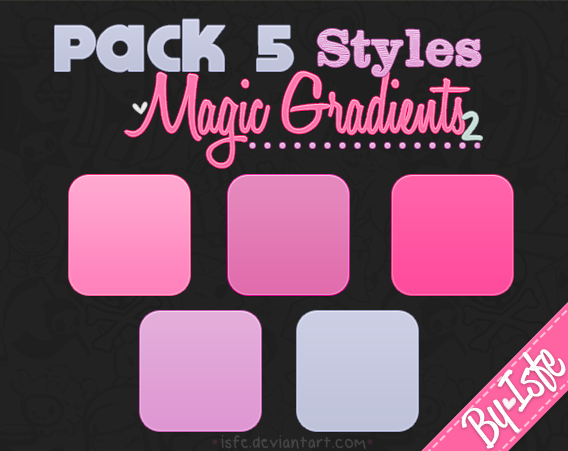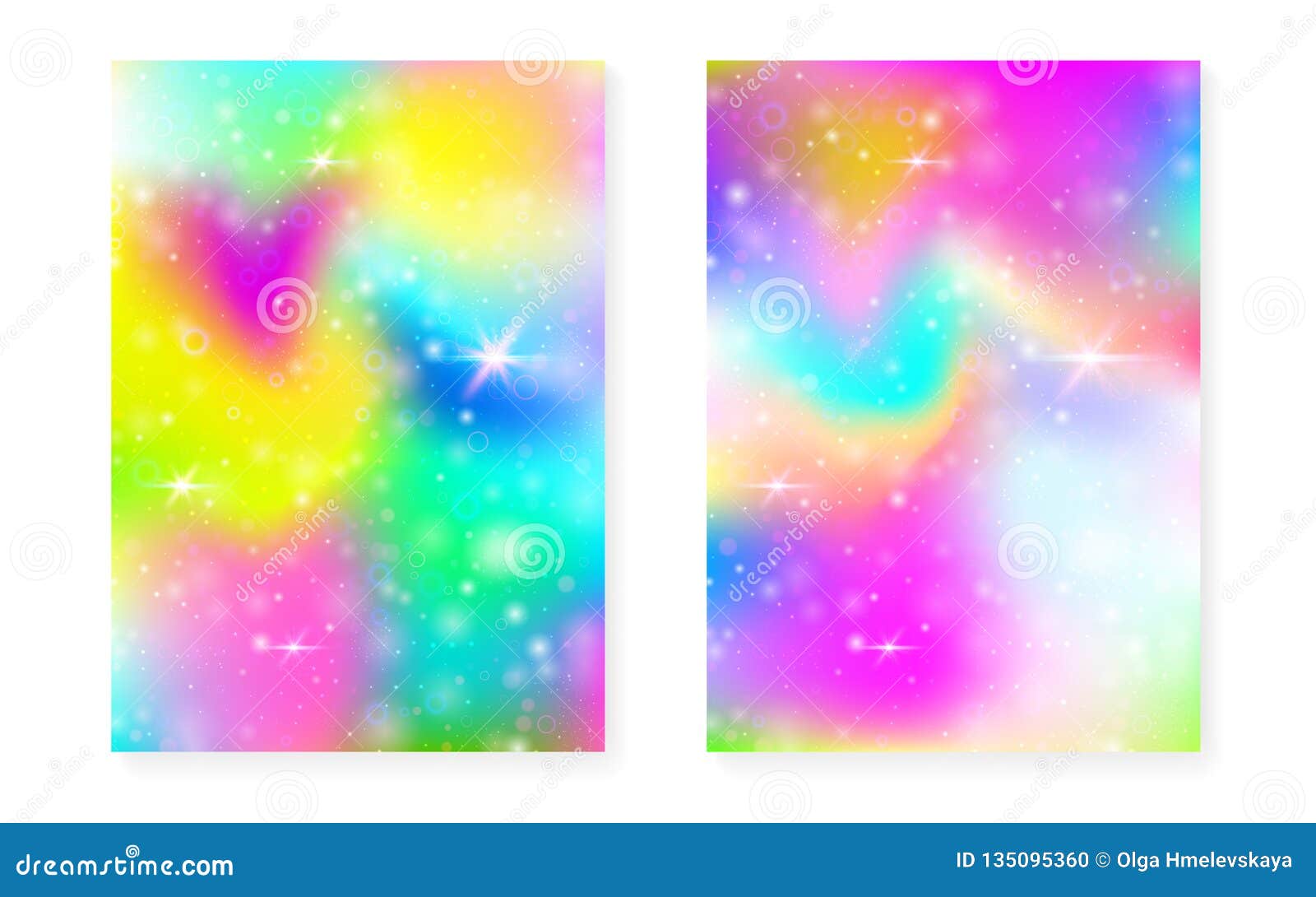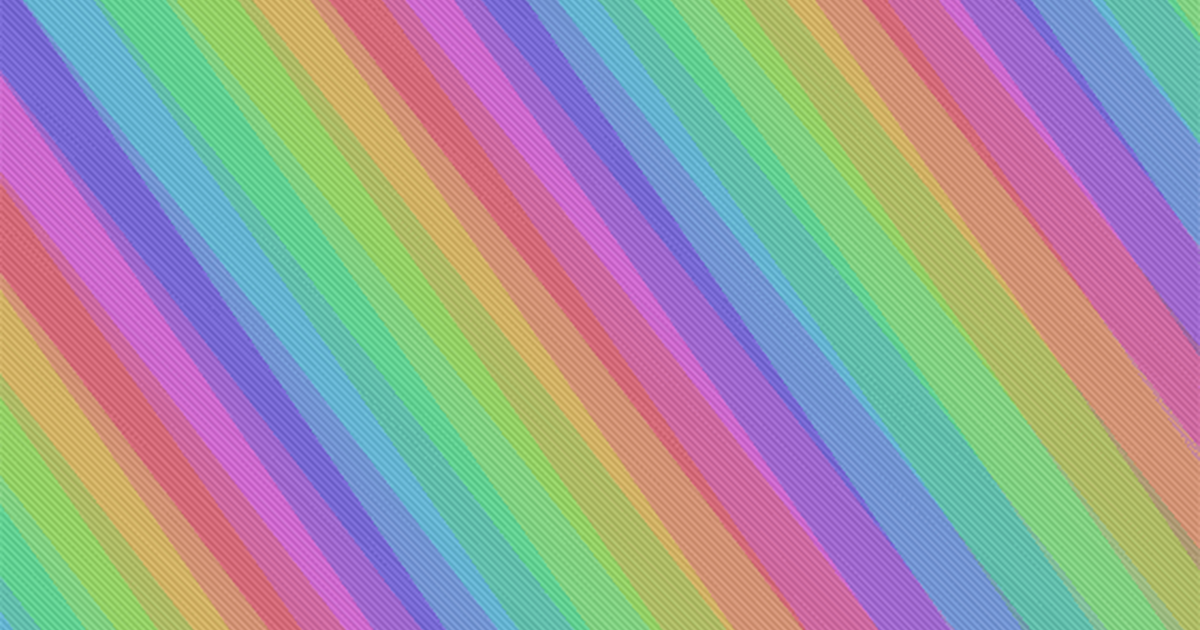

As a result, gradients are very hot in the current design moment and can give your app a unique style. In app UI design, color is one of the most powerful design factors and it’s an important part of the latest design trends. Switch Control with Linear Gradient Summary You can apply the gradient effect in both the track and thumb of the Switch control by using the TrackGradient and ThumbGradient properties. Linear (Left) and Radial (Right) Gradients in the Button Control Switch You can set the gradient background for the Button control using the BackgroundGradient property as shown in the following code.


In our 2019 Volume 2 release, we have provided gradient support for the Syncfusion Button and Switch controls to make it easy to apply gradient effects to them. Ĭircular Gradient Gradient support for Button and Switch controls Refer to this documentation to learn more about radius and center customization. You can set the color radius and origin by using the Radius and Center properties of SfRadialGradientBrush. A radial gradient axis is defined by a circle and its color radius starts from its origin.

Ī radial gradient paints a view with multiple colors that blend together and create a circular color effect. Now, you can apply this gradient view as a background view to your application to create the gradient style. If you are in a colorful mood, you can add any number of color shades by adding SfGradientStop to the GradientStops collection. Gradients aren’t limited to two color shades. The Color property specifies the color of the gradient stop and the Offset property specifies the position of gradient stop’s color on the gradient axis. SfGradientStop is a color block of the gradient brush and it specifies a color at an offset along the gradient axis. The following MSDN image shows the linear gradient axis direction. Similarly, to change the direction to vertical, set StartPoint to (0.5,0) and EndPoint to (0.5,1). To change the gradient effect direction from left to right, change StartPoint to (0,0.5) and EndPoint to (1,0.5). The default value of StartPoint is (0,0), which is the upper-left corner, and the default EndPoint is (1,1), which is the lower-right corner. The StartPoint and EndPoint properties of SfLinearGradientBrush represent the start and end points of the gradient value. The default linear gradient direction is diagonal. In general, there are three kinds of linear gradient based on its direction: horizontal, vertical, and diagonal. Ī linear gradient paints a view with multiple colors that blend with each other. The Gradient View contains the BackgroundBrush property, where you can specify either linear or radial gradients based on your requirements. Refer to this documentation to add the Gradient View reference in your application.
#Gradient magical background how to
Now, I will explain how to apply a gradient background to a Xamarin.Forms application. The Gradient View control supports two types of gradients: linear and radial. To add a gradient design, just include the Gradient View as a background view of your application. Based on this, we have added the Gradient View to our Xamarin control collection to make stylish gradients in your applications. Syncfusion’s aim is to make things easier and save developers time. In Xamarin.Forms applications, you may be asked to set a gradient background for a layout or view, but it might require additional effort to accommodate this request. It creates color combinations that feel different and modern, and they provide a completely unique feel to UI designs. A gradient is a gradual blending of one color to another. Nowadays, applying gradients is more popular and trendier in mobile design.
#Gradient magical background software
BoldSign – Electronic Signature Software.


 0 kommentar(er)
0 kommentar(er)
